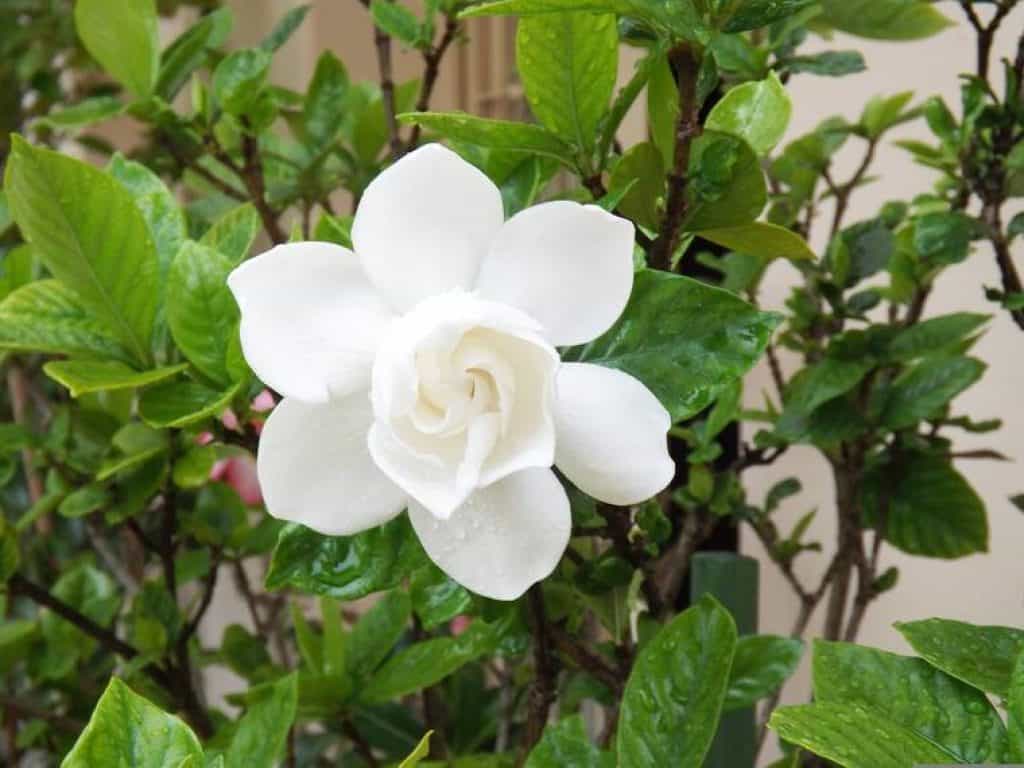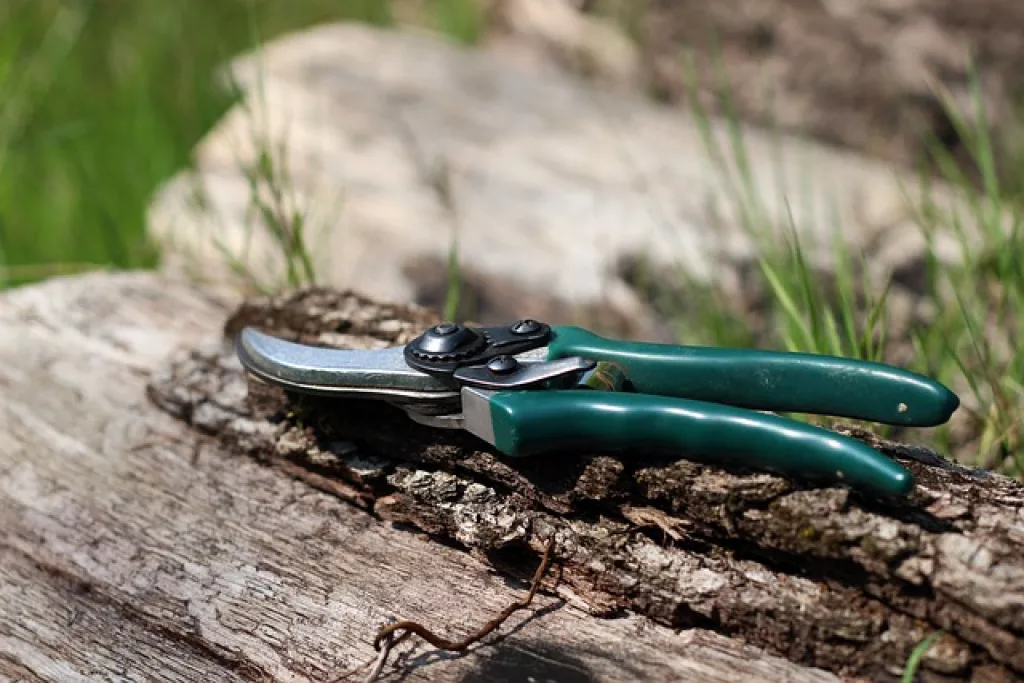The question to be answered in this article is How to propagate gardenia? Well, to start we must know the plant a little bit. The gardenia is a plant that grows in the form of a shrub, cultivated mainly in pots. It is characterized by having very shiny leaves of intense green color. When it blooms, it produces white flowers. The size that they can reach outdoors is up to 2 meters in height. However, indoors its development is less, never growing more than one meter.
How to propagate gardenia – Choosing the Propagation method
The propagation of gardenia can be carried out using several techniques, among which multiplication by cuttings and in vitro techniques stand out, these two options are our main choice on how to propagate gardenia.
Propagation by cuttings:
The cuttings from the mother plant can be both terminal and intermediate. Terminal cuttings are faster to root and develop. They must be semi-woody, with a maximum length of 10cm and several nodes between 2 and 4. The cut must be made approximately one centimeter above the first node, removing all existing leaves and leaving only the two leaves of the first node. If these leaves are large, they should be cut in half to reduce transpiration.
Subsequently, to reduce the number of steps to be carried out throughout the production process and prevent the plant from suffering a vegetative stoppage during the pruning, they are placed directly in small pots (7-8cm diameter pots being ideal for placing 3 cuttings per pot) and on a substrate composed of acid peat and perlite in a 1:1 ratio and with a pH below 6. The substrate must be watered abundantly to maintain a good level of humidity. Along with irrigation, it is convenient to carry out a fungicide treatment as a preventive measure.
Next, these pots are subjected to favorable environments for rooting: relative humidity close to 90%, low light intensity, and background heat of 24-26ºC, under fog or a plastic sheet. Under these conditions, rooting takes place in 20-35 days (rooting faster during the summer months).
To speed up rooting, the use of phytohormones is common. Together with the hormonal application or separately, the cuttings can be soaked for 8 hours (24 hours in the case of a joint application with rooting hormones) in a fungicide solution.
Plants from cuttings can take 1-2 years to reach floral maturity.

In vitro propagation:
Well in vitro propagation is a bit more difficult but is totally doable. This mainly consists of explants from the terminal or axillary buds. They are grown in M.S. (Murashige and Skoog) adding some cytokinin to the medium in combination with gibberellic acid. Another option consists of adding BA (cytokinin 6-benzylaminopurine) and IBA (indole-3-butyric acid) at a rate of 1mg/l each and ANA (naphthaleneacetic acid) at 5mg/l to root.
By air layering:
This method is less used than the previous ones but offers good results. It consists of taking stems approximately 25cm long and 1cm wide at the base and making a 2 cm wide ring on them. To these, ANA and IBA (auxins) are applied to the upper part of the ring in the form of lanolin paste at a rate of 50 ppm each.
The layers are separated from the mother plant after 25 days.
From the propagation to the end of cultivation, 1-2 years can pass, depending on the desired size for commercialization.
How to propagate gardenia – Gardenia general cares
If you want to keep gardenias in good condition, you must apply certain special care:
Location, Lighting, and Ideal Temperature
Maintaining the correct temperature will be crucial in keeping your gardenias healthy and strong. Therefore, the ambient temperature cannot exceed 30 °C. Likewise, the cold season should not be below 8 °C.
These are ideal plants to keep indoors, but locating them in a brightly lit spot is recommended, but never in direct sunlight or they will wilt to death. Outdoors should also be located away from direct sunlight.
Substratum
Gardenias prefer an acid substrate, maintaining a pH between 5.5 and 5, which should allow water to flow constantly. This must be able to retain moisture, but it must not become flooded, otherwise, it will develop fungus that will be very difficult to eliminate. A substrate that can meet these requirements is obtained from a mixture of 50% fertile soil, 50% peat, and small amounts of sand and small pieces of wood charcoal. Do not add lime to the substrate, as it hinders the absorption of iron, an important mineral for its development.
fertilizer and iron
Fertilization is done every 15 days in spring and summer, by using a liquid fertilizer that has been dissolved in the irrigation water. Preferably, it should be a fertilizer prepared for acidophilic plants, such as hydrangeas, azaleas, and heather, among others.
Irrigation
The compost must always be kept moist, irrigating with soft water, avoiding at all costs hard water with a high lime content.
If you live in an area with water of these characteristics, you should use rain or mineral water. You can also try to reduce hardness or limescale by letting tap water sit in a container overnight. However, if possible, avoid using tap water, as it will only cause the Gardenias to lose their color.
When the warmer seasons begin, it is recommended to spray the leaves frequently to keep them hydrated.
Watering should be every three days in summer, and every ten days in winter. However, it is important to insert your finger into the soil to check the humidity daily, preventing the substrate from drying out or becoming waterlogged.
Pot and Humidity
The gardenia needs constant humidity, and to meet this requirement you can place a plate under the pot. In this dish, you should put some pebbles or any other material that helps raise the pot. Fill the dish with a minimal amount of water, then place the pot
Gardenia transplant
This plant does not require to be changed every year. It is only necessary to carry out the transplant when the plant has exceeded the size of the pot. As long as it has not exceeded this size, only a very mineral liquid fertilizer is provided.
Gardenia bloom
Flowering can occur 2 years after planting, generally in spring-summer. It is recommended that once flowering is finished, iron sulfate is applied around the trunk.
Pruning
Pruning is done after the Gardenia has flowered, shortening the branches, which you can use as cuttings. This task is done to maintain a dense and orderly bearing.

Gardenia pests and diseases
The most common pests that develop in Gardenia are Whiteflies, bedbugs, aphids, and root nematodes.
Among all the pests, the most common to appear are aphids. Which can be easily treated with a mixture of neutral liquid soap and water in equal parts. Apply to the top and bottom of the leaves.
Wrap-Up – How to propagate gardenia
Hoped you found this article helpful and hopefully we answered your question on how to propagate gardenia. as you can see propagating a gardenia is quite simple but there is some work to do.

